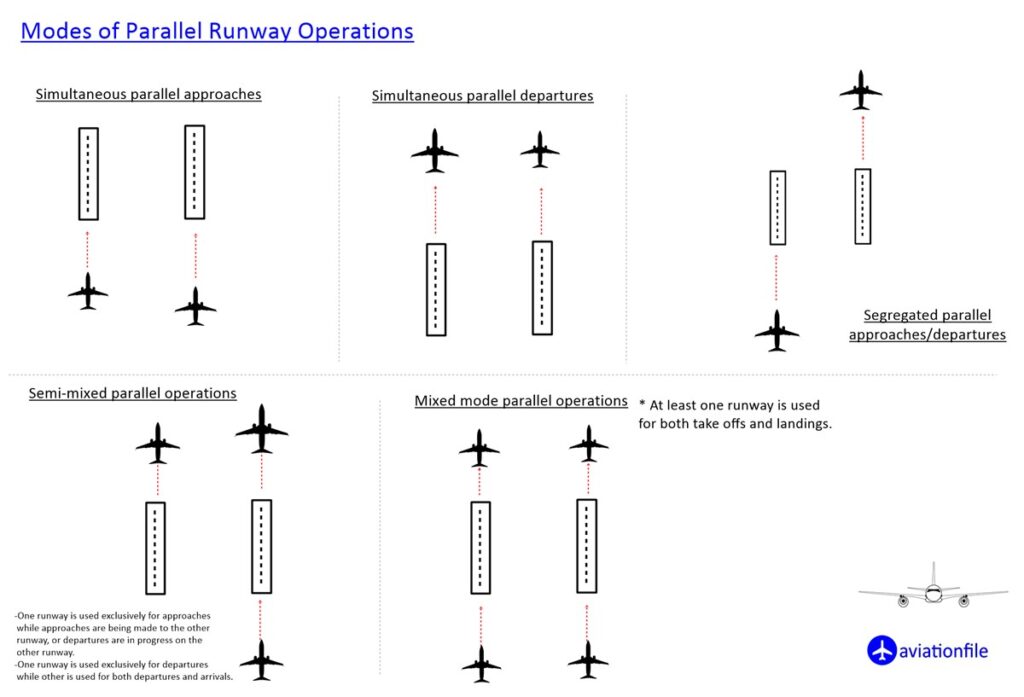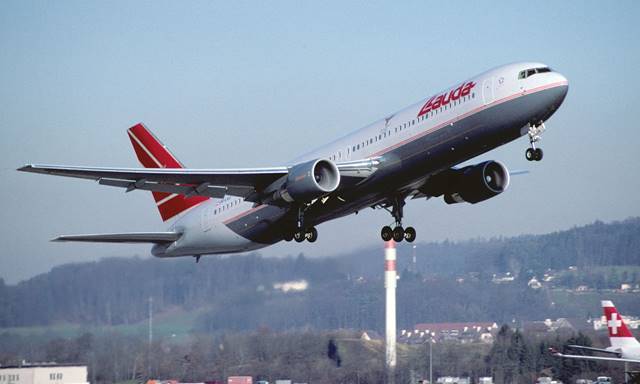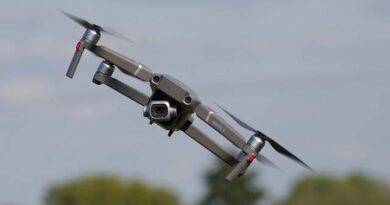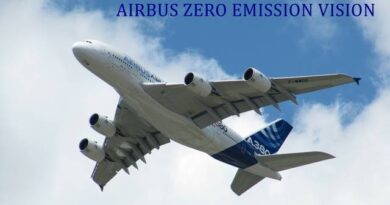Multiple Lineup: Definition, Benefits, and Procedures
Multiple Runway Lineup: Definition, Benefits, and Procedures
Multiple runway lineup refers to the practice of organizing and managing the arrival and departure of aircraft at an airport with more than one runway. This procedure enables airports to optimize runway capacity, reduce delays, and increase efficiency. In this article, we will delve deeper into the concept of multiple runway lineup, its benefits, and procedures.
What is Multiple Runway Lineup?
Multiple runway lineup is a technique used by air traffic controllers to manage the flow of traffic on multiple runways. With this procedure, aircraft are assigned to different runways based on their size, speed, and destination. This helps to prevent runway conflicts and ensures that planes are taking off and landing in a safe and efficient manner.
Benefits of Multiple Runway Lineup
Increased Capacity: The use of multiple runways increases the capacity of an airport by allowing more aircraft to take off and land at the same time.
Reduced Delays: By assigning aircraft to different runways, air traffic controllers can reduce the number of aircraft waiting in line to take off or land, which leads to fewer delays.
Improved Efficiency: Multiple runway lineup helps to improve the overall efficiency of the airport by reducing the time aircraft spend taxiing on the runway and waiting in line to take off or land.

Procedures for Multiple Runway Lineup
Runway Assignment: Air traffic controllers assign aircraft to different runways based on their size, speed, and destination. This helps to prevent runway conflicts and ensure safe and efficient operations.
Separation Standards: Controllers must adhere to strict separation standards to maintain a safe distance between aircraft on the runway and in the air.
Communication: Effective communication between air traffic controllers, pilots, and ground personnel is essential to ensure the smooth operation of multiple runway lineup.
Conclusion
Multiple runway lineup is an effective way to optimize runway capacity, reduce delays, and increase efficiency at airports with multiple runways. By assigning aircraft to different runways based on size, speed, and destination, air traffic controllers can prevent runway conflicts and ensure the safe and efficient operation of an airport. Effective communication and adherence to strict separation standards are essential for the success of multiple runway lineup procedures.
References
- Federal Aviation Administration. (2018). Multiple Runway Operations Safety Risk Management. Retrieved from https://www.faa.gov/documentLibrary/media/Advisory_Circular/150_5300_13A_Chg1.pdf
- International Civil Aviation Organization. (2016). Airport Planning Manual Part 2: Land Use and Environmental Control. Retrieved from https://www.icao.int/sustainability/Documents/AMC/Doc%209168-AN%20998-Part%202.pdf
- National Air Traffic Controllers Association. (2019). Multiple Runway Operations. Retrieved from https://www.natca.org/index.php/techops-initiatives/multiple-runway-operations
- Air Traffic Control Association. (2017). Advanced Runway Management. Retrieved from https://www.atca.org/ARC2017/Advanced_Runway_Management.pdf
- International Air Transport Association. (2019). Best Practices for Air Traffic Flow Management. Retrieved from https://www.iata.org/contentassets/540512f38466432b9ce59e4d4cfc1a2a/best-practices-for-atfm-2019.pdf



